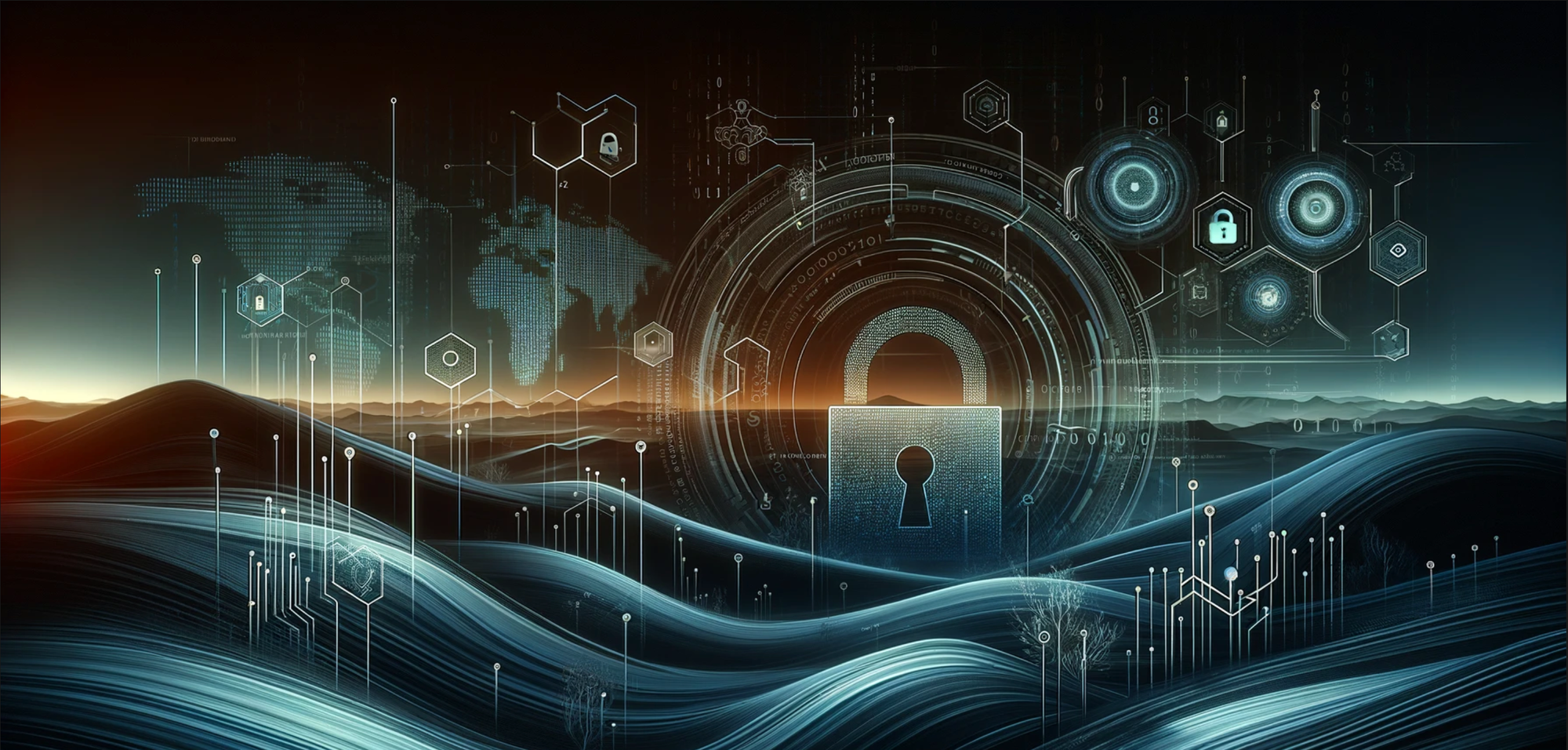Navigating the Compliance Landscape: ISO 27001 vs SOC 2 in 2024

In today's digital age, where information security is paramount, organisations often face the dilemma of choosing between various compliance standards to bolster their security posture. Two prominent standards in information security are ISO 27001 and SOC 2.
Understanding ISO 27001:2022
ISO 27001:2022, the latest iteration of the internationally acclaimed standard for Information Security Management Systems (ISMS), continues to set the benchmark for organisations aiming to establish a systematic and comprehensive approach to managing sensitive company and customer information securely. It provides a framework not just for security practices but also for the continuous assessment and improvement of these practices.
The standard outlines a risk-based approach that requires organisations to identify potential information security risks and implement appropriate mitigation controls. These controls are detailed in Annex A of the standard, which, in the 2022 version, includes modifications and consolidations of controls to reflect evolving cyber threats and technological advancements. This adaptation ensures that the standard remains relevant and effective in addressing contemporary security challenges.
A key feature of ISO 27001:2022 is its comprehensive scope, encompassing all aspects of information security, from digital data protection to physical and environmental security. The standard emphasises the importance of leadership commitment and requires the involvement of top management in the establishment, implementation, maintenance, and continuous improvement of the ISMS.
Achieving ISO 27001:2022 certification demonstrates an organisation's dedication to following best practices in information security, offering a significant competitive advantage and enhancing stakeholder confidence. It is particularly beneficial for organisations looking to establish trust in their security practices globally, as it is recognised and respected worldwide.
Understanding SOC 2:
Service Organization Control 2 (SOC 2) is a framework for managing data security specifically designed for service providers storing customer data in the cloud. Developed by the American Institute of CPAs (AICPA), SOC 2 focuses on five key trust service principles: Security, Availability, Processing Integrity, Confidentiality, and Privacy. These principles ensure that a service organisation’s information security measures align with the unique aspects of cloud computing.
A distinguishing aspect of SOC 2 is its flexibility. Organisations can choose which of the five trust service principles are relevant to their operations and tailor their internal controls to meet these criteria. This customisation makes SOC 2 particularly adaptable to various organisations, each with its unique system architecture and business model.
There are two types of SOC 2 reports: Type 1 and Type 2. Type 1 assesses the suitability of the design of controls at a specific point in time, while Type 2 evaluates the operational effectiveness of these controls over a minimum six-month period. The outcome of a SOC 2 audit is an attestation report, which is vital for organisations to demonstrate their commitment to securing and handling customer data responsibly.
Comparative Analysis:
- Target Market:
- ISO 27001 is preferred for a global audience.
- SOC 2 is ideal for organizations primarily dealing with U.S. customers.
- Level of Flexibility:
- ISO 27001 is more prescriptive with less flexibility.
- SOC 2 allows organizations to choose relevant Trust Services Criteria, offering greater adaptability.
- Audit Scope and Cost:
- ISO 27001 audits are broader and generally more expensive.
- SOC 2 audits have a smaller scope and are less costly.
- Audit Process:
- ISO 27001 requires an accredited registrar and is valid for three years with annual reviews.
- SOC 2 audits, conducted by licensed CPAs, typically require annual renewal.
Aspect | ISO 27001 | SOC 2 |
|---|---|---|
Scope | Focuses on the overall management system for information security across an organization. | Targets controls related to service organizations that handle customer data. |
Framework | An international standard. | Established by the AICPA, more common in North America. |
Outcome | Results in certification demonstrating adherence to the standard’s requirements. | Results in a report providing information about controls to clients and stakeholders. |
Coverage | Covers a broader range of information security aspects. | Includes specific criteria related to data processing integrity, availability, and confidentiality. |
Target Market | Preferred internationally. | Industry standard for third-party reports on information security compliance in the US. |
Flexibility | Less flexible with 93 prescribed controls (Annex A controls). Requires exact language in many policy documents. | More flexible, allowing companies to adapt controls to their unique systems and services. |
Audit Scope | Typically broader than SOC 2, requires more robust and detailed documentation. | Smaller scope, focuses mainly on the security aspect, but can include other Trust Services Criteria based on relevance. |
Audit Cost | Generally more expensive due to the requirement of more documentation. | Typically less expensive compared to ISO 27001. |
Audit Process | Requires an ISO 27001-accredited registrar for audit. Certification usually valid for three years with annual reviews. | Must be completed by licensed CPAs. SOC 2 Type 2 reports typically need annual renewal. |
Trust Service Criteria (TSC) | N/A | Focuses on five semi-overlapping categories: Security, Availability, Processing Integrity, Confidentiality, Privacy. |
Overlap with ISO 27001 | N/A | Several controls in ISO 27001 can fulfill the Trust Services Criteria in SOC 2. |
Choosing between ISO 27001 and SOC 2 depends on various factors, including the organisation’s target market, desired level of flexibility in compliance, and specific stakeholder requirements. While ISO 27001 offers a comprehensive, internationally recognized framework, SOC 2 provides a tailored approach, especially for service organizations in the U.S. In some cases, organizations might opt for both standards to ensure comprehensive coverage and meet diverse client needs.
